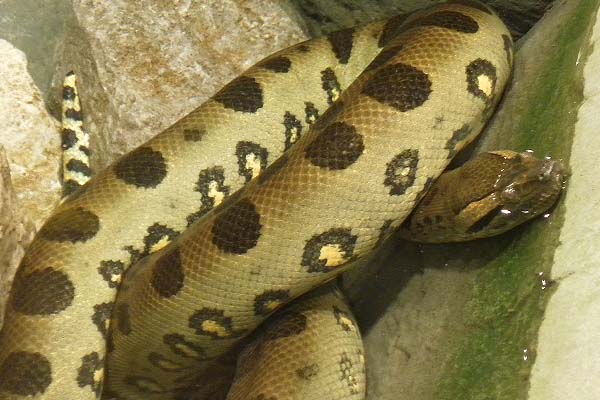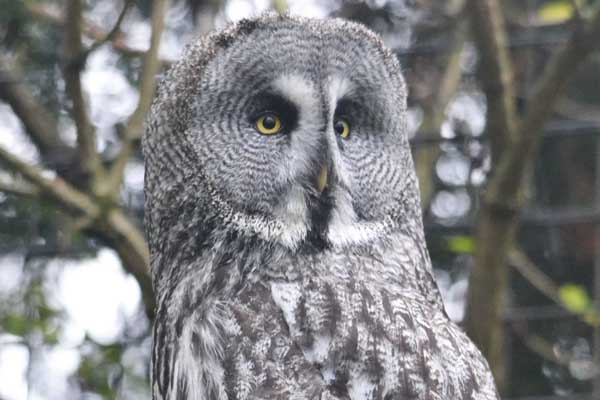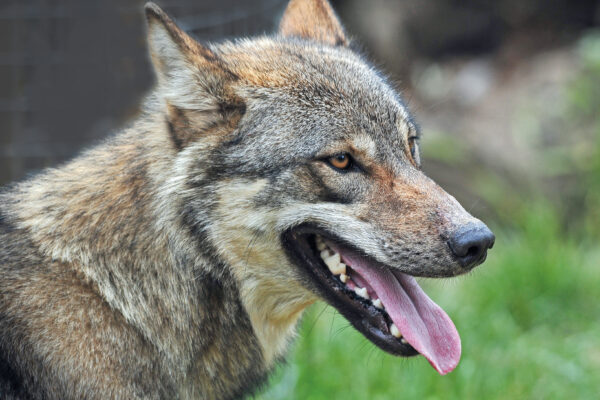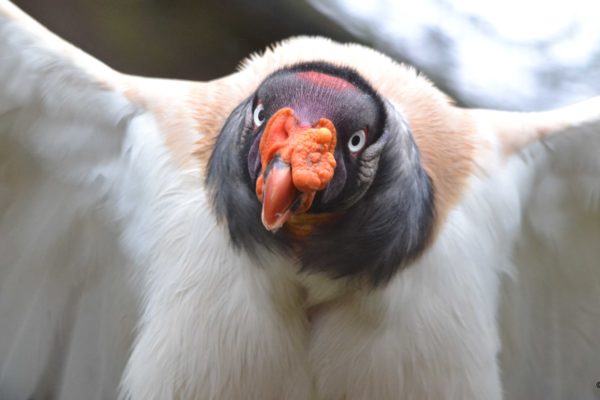



IMPORTANT INFORMATION
COLCHESTER ZOO STAMPEDE – SUNDAY 28th APRIL 2024:
Some areas of the zoo maybe closed for a period of time to allow runners to make their way round. Gates will be opening from 8:30am for runners’ friends & family who have booked. Catering outlets and Guest Services will not open until our usual opening time of 9:30am.
Visits between 15th April and 18th May 2024
From 15th April 2024, you may experience heavy traffic around the surrounding area on your journey home due to planned roadwork closures along the A12 southbound carriageway between J26 Stanway and J25 Marks Tey. Route diversions will be in place but traffic may be increased due to this.
Find out more here.
ADVANCED NOTICE:
Please be aware that our indoor soft play, Jungle Tumble, will be closed on the following dates due to annual maintenance and a thorough deep clean.
Go digital and download the Colchester Zoo App.
Find out more here



